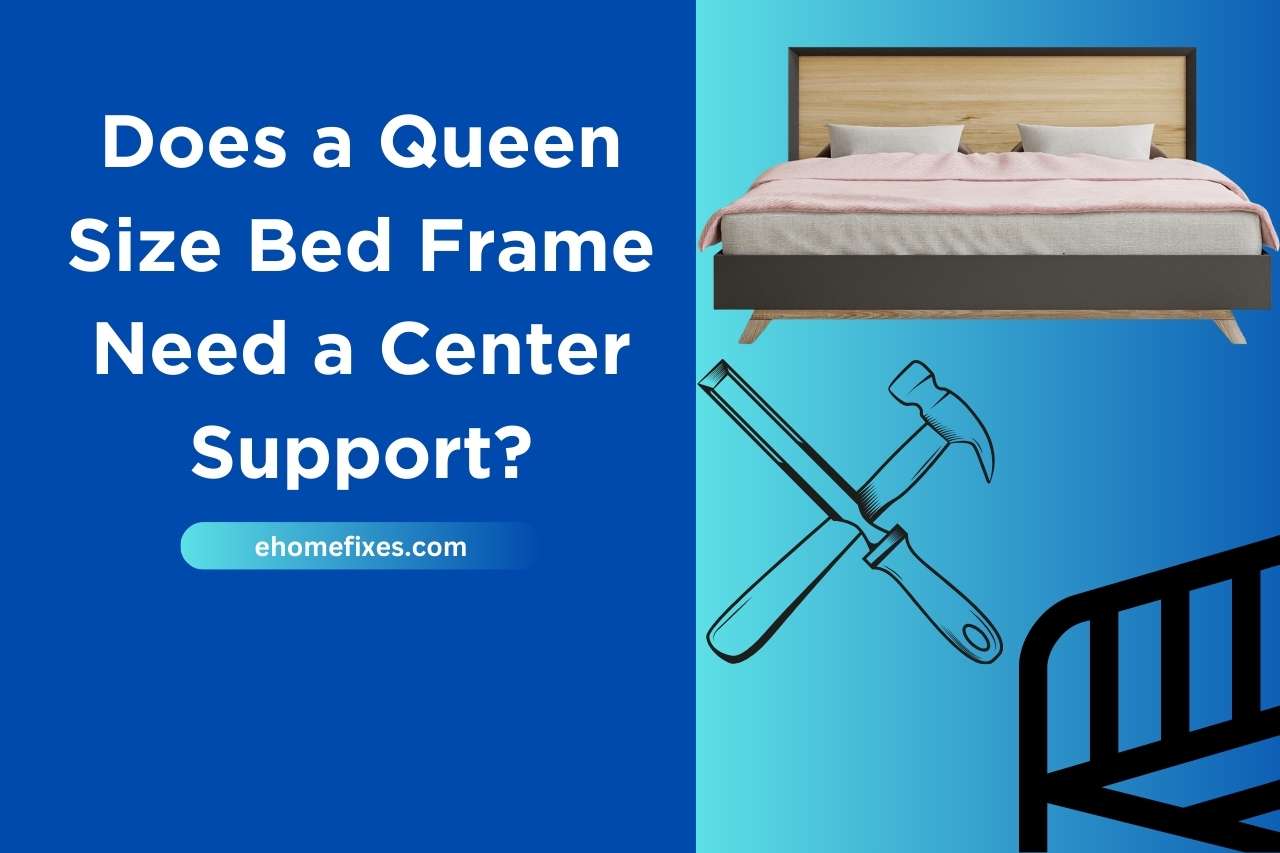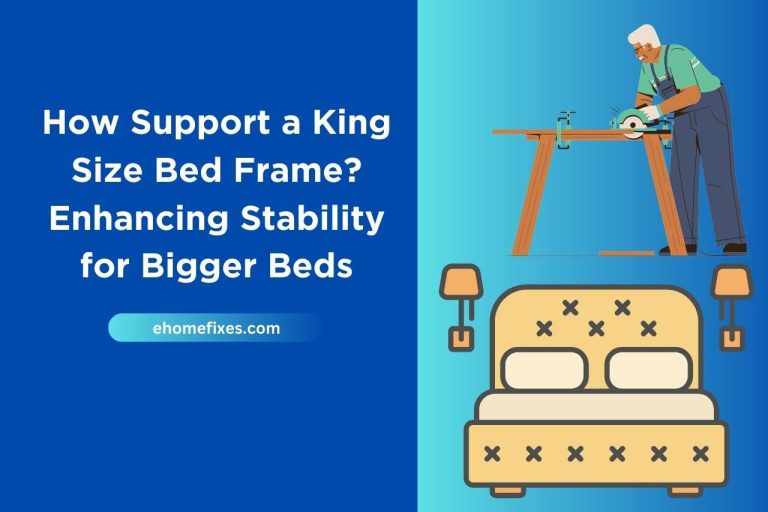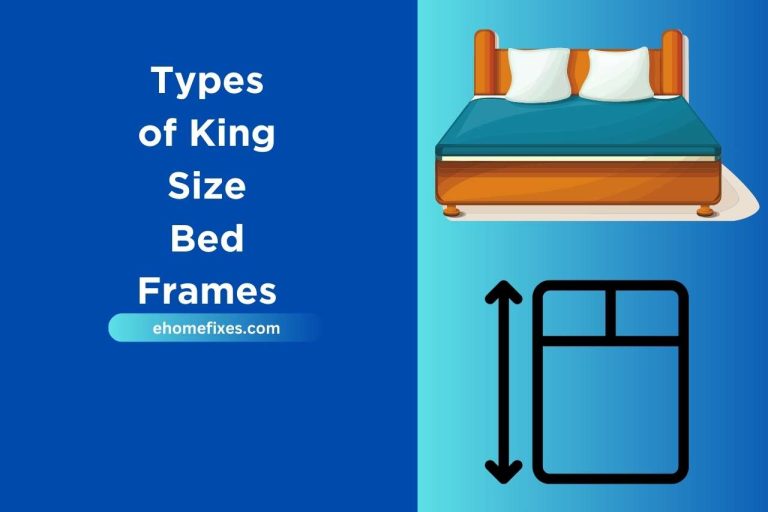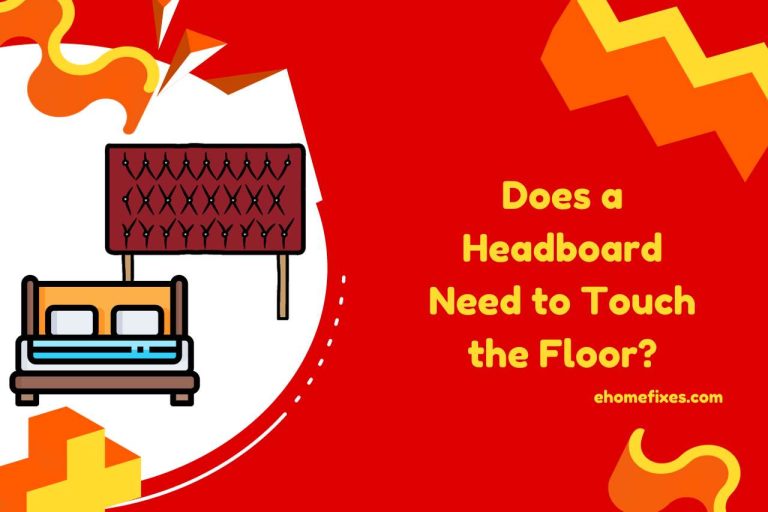Does a Queen Size Bed Frame Need a Center Support?
Questions related to beds are plenty. Whether about how to put them together or take them apart or their precise dimensional measurement, people are flooded with questions every day. That’s why we are here, to clear even your smallest doubts. A related question people ask is if a queen size bed frame needs center support or not. We know king size bed frames need one, so what about the queen size beds?
Let’s dive into our comprehensive guide to understand the significance of center support, how to identify its necessity, and the potential repercussions of its absence, ultimately finishing up with an answer to if you need a center support for your queen bed frame or not.
Does a Queen Size Bed Frame Need a Center Support?
The straightforward answer is yes, especially if longevity and mattress integrity are priorities.
- Weight Distribution: Center supporters ensure even weight distribution across the bed frame. This prevents your bed frame from sagging, increasing the life of both the mattress and the frame.
- Mattress Warranty: Many mattress warranties stipulate that for sizes queen and larger, adequate center support is essential. Not adhering could not go well for you when claiming the warranty.
- Enhanced Comfort: A bed frame with proper center support can prevent uncomfortable dips and sags in the mattress, promoting better sleep for you and your loved ones.
- Durability: Frames with center support are less prone to breaking or bending, especially under the weight of two adults. Unless you sleep on your queen bed alone, you should consider a center support for your bed.
While some queen size bed frames may initially seem stable without center support, over time, the absence can lead to wear and tear, potentially compromising comfort. Investing in center support is a wise decision for your mattress’s health, comfort, overall bed durability, and longevity, which ultimately ends up saving you money.
How Do I Know If My Queen Size Bed Needs a Center Support?
To determine if your queen size bed requires center support, assess the frame’s current structure and the mattress’s behavior.
We’ll guide you through the evaluation:
- Check Frame Specifications: Examine the user manual or online specifications of your bed frame. Manufacturers often mention if center support is required or beneficial.
- Sagging Mattress: If the middle of the mattress dips or there’s a noticeable depression, it indicates a need for center support. Don’t ignore those signals.
- Slats Width: Our recommendation for frames with wooden slats is if the gaps between them exceed 2.5 inches, center support is necessary to prevent sagging.
- Frame Flexibility: Press down on the frame’s center. If it feels flexible or unstable, center support could reinforce its strength and add extra support.
- Mattress Warranty: Review the warranty terms. Many explicitly state the necessity of center support for maintaining the guarantee.
Monitoring the mattress’s health and understanding the bed frame’s design can guide you in deciding the need for center support. Regular checks ensure longevity and comfort. Follow the above steps and find out your queen bed’s condition.
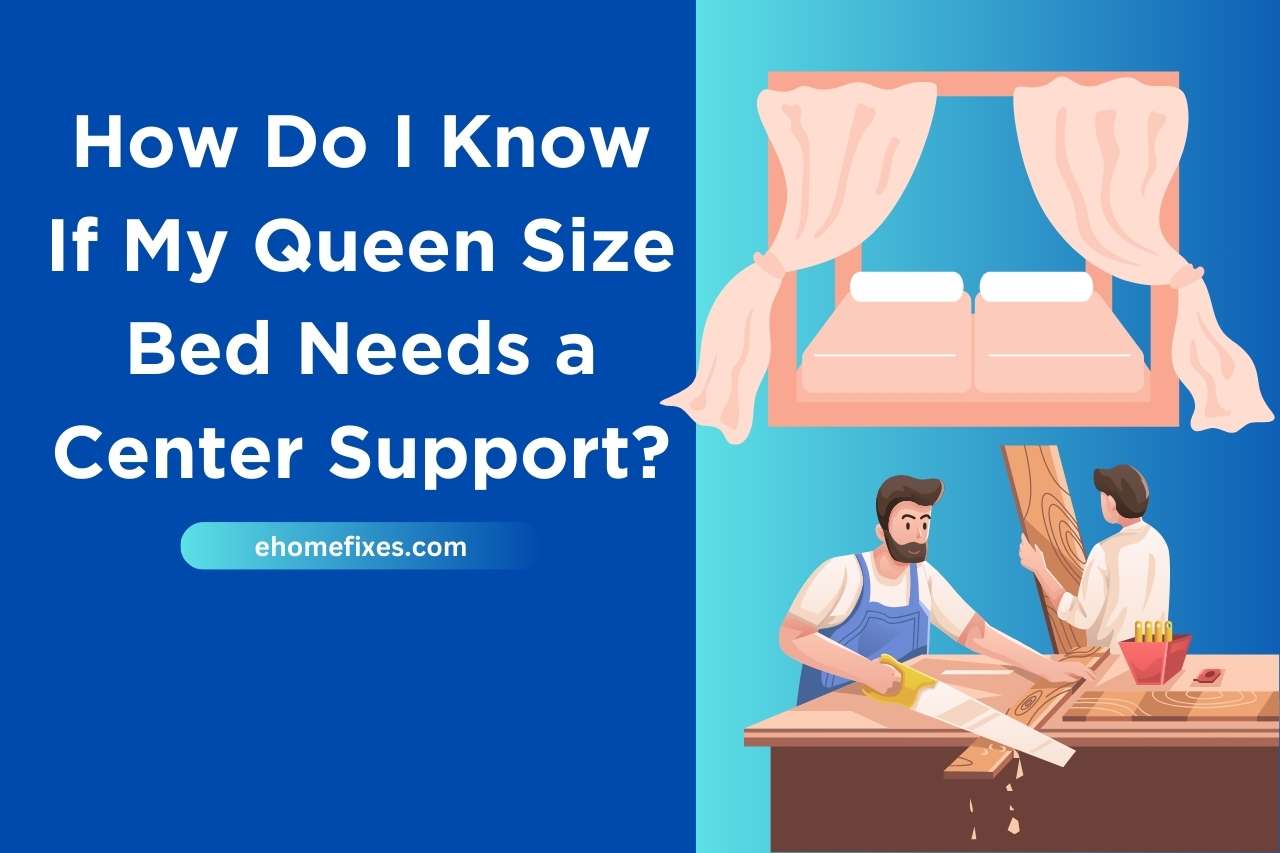
How to Center Support a Queen Size Bed Frame?
The optimal approach often involves incorporating additional slats, adjustable legs, or center support beams. Adding center support would ensure your bed gets even weight distribution, enhances mattress life, and elevates overall sleep quality.
Here’s a step-by-step guide to adding center support:
Assess the Frame: Begin by examining your bed frame. Identify if there’s an existing rail or beam in the center that just needs reinforcement or if you’ll need to introduce a new support structure. Many queen bed frames have a structure to incorporate center legs.
Measurements
- Measure the frame’s width to ensure any new support additions fit snugly.
- For the length, measure from head to foot. This ensures the support runs the bed’s entire length, offering complete stability.
Opt for a Center Support Rail
- Purchasing a metal or wooden center support rail designed for queen-sized beds is a viable option. Just make sure it comes with adjustable legs that can bear the bed’s weight.
- Place the rail along the frame’s center and adjust the legs so they firmly touch the ground. Some rails come with brackets; use these to secure the rail to the frame.
Reinforce with Additional Slats
- Buy wooden slats or use cut planks that match the frame’s width.
- Space them evenly; we suggest you ensure no gaps exceed 2.5 inches.
- For added support, place a leg in the center of each slat, reaching the ground. This provides an extra layer of reinforcement.
Tighten and Test
- Secure any screws or fastenings.
- Test the bed by applying pressure to the center. It should feel firm, with no evident sag or movement.
Monitor Regularly
After adding support, periodically check for any signs of wear or loosening. This ensures continuous support and preemptively addresses potential issues.
Whether you’re revamping an old frame or setting up a new one, ensuring a robust center support is crucial for both the longevity of your bed and a good night’s sleep. Remember, investing a little time and effort now can save you from premature mattress replacement and uncomfortable nights in the future.
What If I Don’t Provide My Queen Size Bed With Center Support?
Neglecting to give your queen size bed center support could lead to several unfavorable outcomes in the long run.
- Mattress Deterioration: The most immediate effect would be a sagging mattress. Without center support, the mattress tends to dip in the middle, leading to uneven wear. This not only reduces the mattress’s lifespan but can also compromise sleep quality due to the awkward position of sleep.
- Sleep Discomfort: A bed without central reinforcement can result in an uneven sleeping surface. This might cause discomfort, potential back problems, and restless nights for you.
- Frame Damage: Over time, the excessive strain on the bed frame, especially wooden ones, could cause it to warp or even break. A compromised frame not only requires costly repairs or replacements but could also pose safety risks. Think smart and fix your bed now rather than waiting.
- Warranty Void: As we constantly mentioned throughout the article, many mattress manufacturers specify the need for center support in their warranty conditions. Not following these requirements can void your warranty, meaning you’d have to bear all costs for any damages or issues.
- Reduced Bed Lifespan: With inadequate support, both the mattress and the frame endure undue stress, which inevitably curtails their overall durability and lifespan.
Here’s An Interesting Video To Watch,
VIDEO CREDITS: bedframestore YouTube Channel
You May Also Like
- How Wide is a King Size Bed Frame? Standard Dimensions Explained!
- How Much does a King Size Bed Frame Weight? [Updated Guide]
- How to Put a King Size Bed Frame Together? (Step-by-Step Guide)
- Does a King Size Mattress Fit a Queen Size Bed Frame? (Mismatched Sizes)
- How Do you Convert a Queen Size Bed Frame to a King? Upgrade Your Bed!

